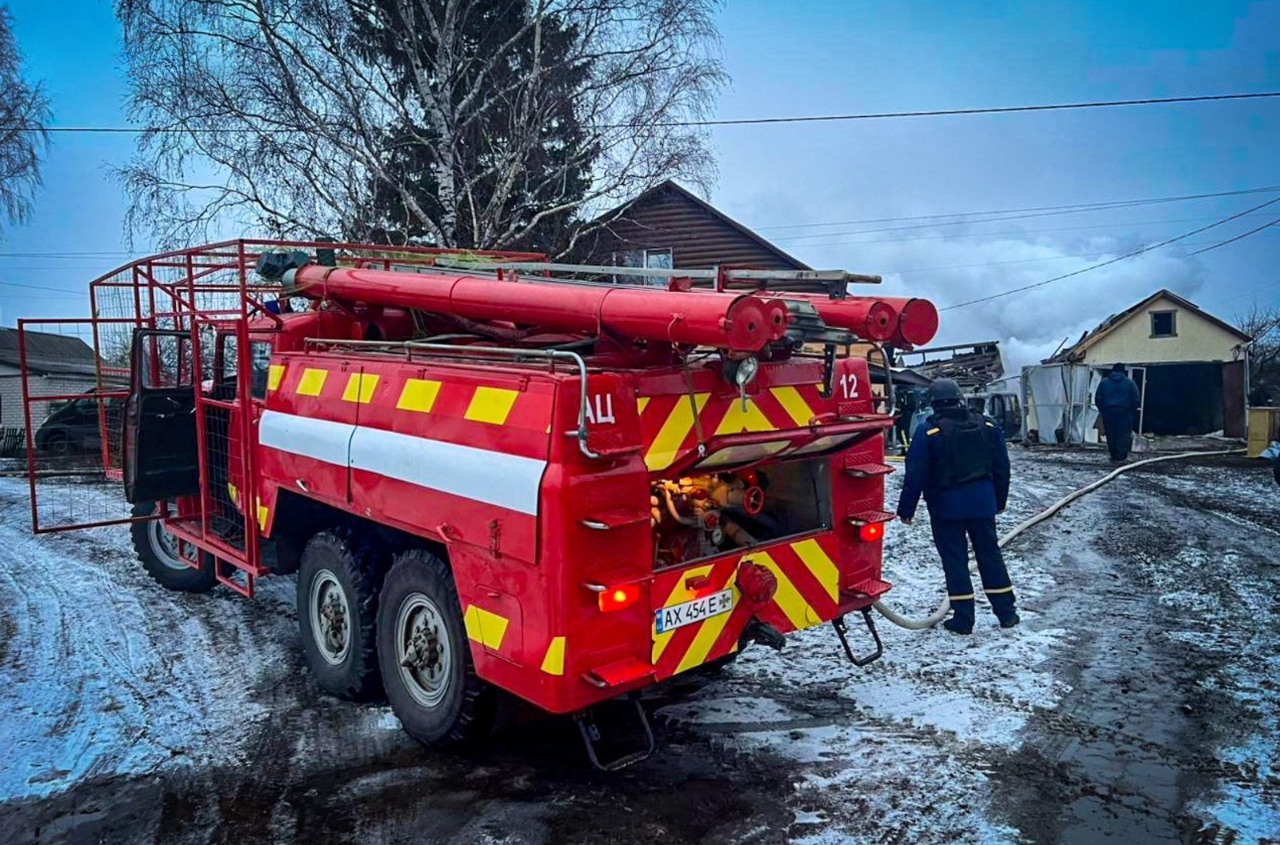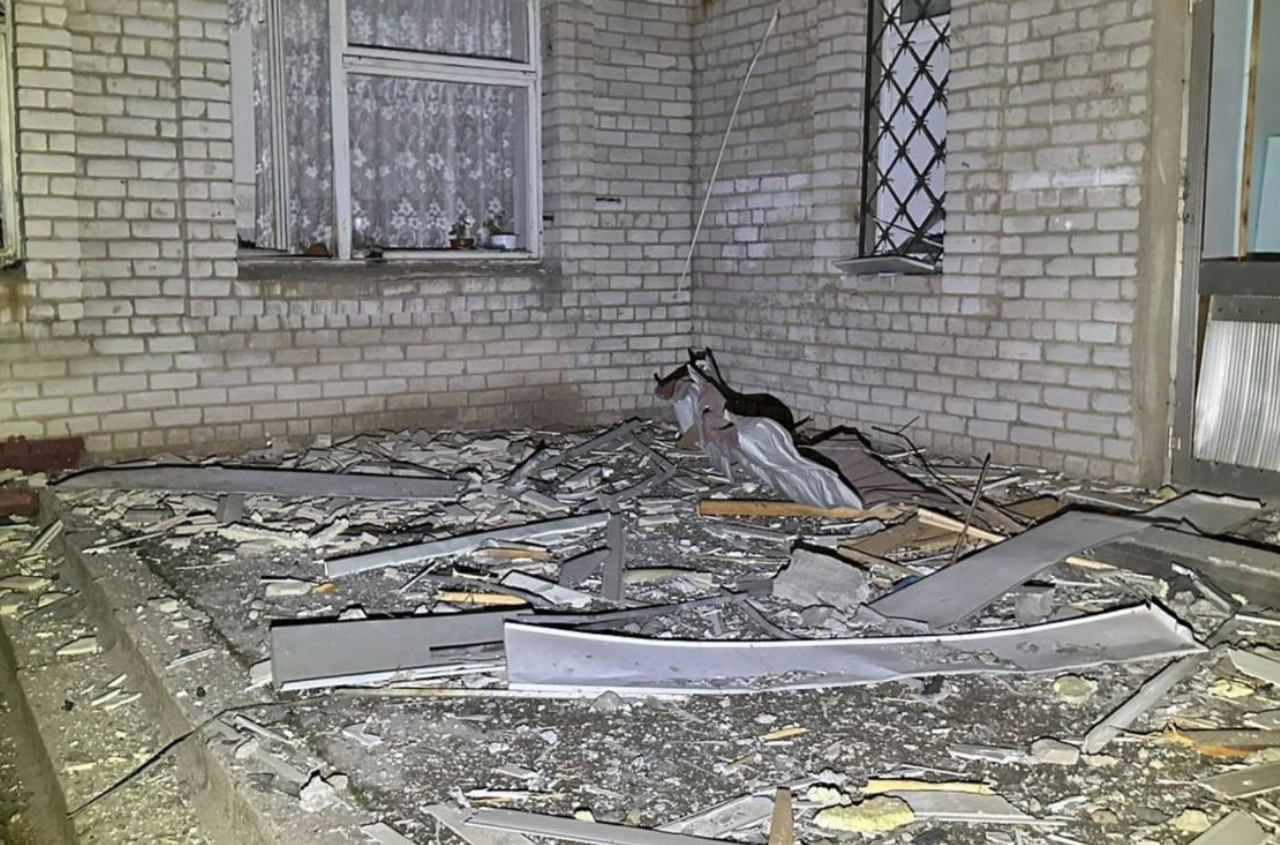Babyn Yar is a location in the northern part of Kyiv, which became the site of the most massive Jewish massacres during World War II. The shootings took place from 1941 to 1943 during the Nazi occupation of Kyiv.
The exact number of victims at Babyn Yar is unknown. Many of the victims were not documented by the Nazis. Historians estimate the numbers to be between 70,000 and 150,000 people who were shot. Among those killed were not only Jews but also mentally ill individuals, Roma, Soviet prisoners of war, and ordinary civilians of Kyiv. The Nazis also targeted members of the Organization of Ukrainian Nationalists (OUN).
During the massacre, only 29 people managed to escape. Those who survived Babyn Yar mostly pretended to be dead or attempted to flee from concentration camps.
Babyn Yar was designated as the site of the mass murder of Jews on September 26, 1941. It was in this Kyiv location that the occupying authorities of Kyiv aimed to definitively address the "Jewish question."
The first and most massive execution was scheduled for September 29th. Leaflets were distributed throughout the capital with the following notice: "All Jews of the city of Kyiv and its surroundings are ordered to assemble on Monday, September 29, 1941, at 8 a.m. at Melnyka-Dokterivsky Street (near the cemetery). Everyone must bring their documents, money, clothing, and other belongings. Those who do not comply with this order will be shot."

The Nazis did not disclose the purpose of the gathering. However, there were rumors around the city that the Jews would be evacuated. People came to Babyn Yar without realizing the occupiers' plans.
Upon arrival at the site, the Jews and other victims were first separated from their valuable belongings. They were then ordered to proceed to the southeastern part of Babyn Yar, where the executions took place. On September 29-30, 1941, a total of 33,771 people were executed (excluding children under 3 years old).
Several more mass shootings occurred during October. Near the vicinity, the Syrets concentration camp was established, where approximately 25,000 people perished. In March 1942, the Nazis executed over 600 members of the Organization of Ukrainian Nationalists at Babyn Yar. The executions continued until 1943 when German forces withdrew from Kyiv.
During the Nuremberg Trials in 1946, according to the findings of a special state commission investigating Nazi crimes during the occupation of Kyiv, an approximate estimate of the victims was mentioned, with the number being around 100,000 people.
The decision to kill all the Jews in Kyiv was made by the military governor, Major General Kurt Eberhard, the commanding officer of the police for Army Group South, Obergruppenführer SS Friedrich Jeckeln, and the commander of Einsatzgruppe C, Otto Rasch. The massacre was carried out by soldiers from Sonderkommando 4a, along with police battalions of the SD and SS, with the support of local police. This massacre was the largest single mass killing for which the Nazi regime and its collaborators were responsible during their campaign against the Soviet Union. It is considered the largest single massacre in the history of the Holocaust up to that date, surpassed only by Aktion Erntefest in November 1943, with 42,000–43,000 victims, and the mass murder of over 50,000 Jews in Odessa in October 1941, committed by Romanian forces.
It should be noted that on March 1, 2022, Russian military forces launched a missile strike on a TV tower in Kyiv, which also affected Babyn Yar. During the strike, five civilians lost their lives.





















